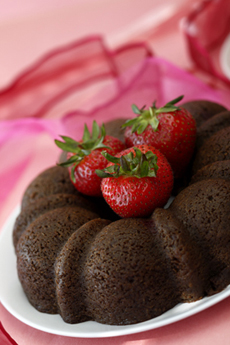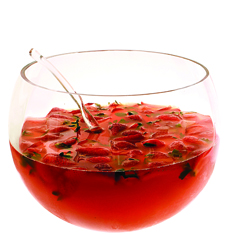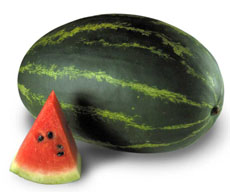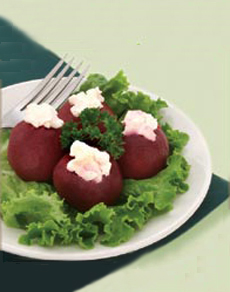
A black rum cake is dense with ground
raisins, prunes and cherries. Photo by
Katharine Pollak | THE NIBBLE. |
|
There are some mediocre rum cakes out there, but we’ve been having a pretty good run tasting delicious brands.
The most recent are from Caribbean Cake Connoisseurs, owners of the enviable URL Rumcake.com. They make both traditional Caribbean black and brown rum-soaked fruit cakes as well as the pound cake flavors more familiar to Americans.
Rum was first made in the Caribbean in the 17th century, distilled from sugar cane juice or molasses. Authentic Caribbean rum cake most likely originated as a steamed pudding, brought to the Islands by English settlers in the mid-seventeenth century and modified along the way.
While Americans typically enjoy pound cake-style rum cakes flavored with banana, chocolate, vanilla and other flavors, in the Caribbean, the “original” style is a dense fruitcake in brown (brown sugar) and black (with burnt sugar).
Caribbean Cake Connoisseurs provides both styles. The brown and black cakes are available in bundts as well as sheets and layers, which are popular for weddings and other festivities. Bundt pound cakes in four flavors are available in gift tins or individual mini bundts. |




